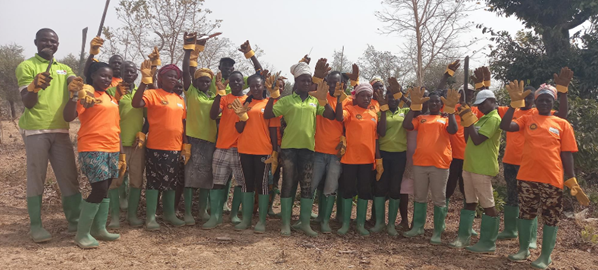In order to preserve the functionality and the esthetics of the park, it is important to know how to maintain it. This includes monitoring, the maintenance of green spaces and cleaning.
With regards to monitoring, it is recommended to have communication mechanisms established between the community and the municipality. In this case, the neighborhood committee remains in touch via WhatsApp with the contact person of the Public Services Department and may share observations or ask directly for support in the case of any event.
Furthermore, a list of indicators was established for the monitoring and ensuring the functionality of the green space, with a focus on the vegetation, water infiltration, erosion and shadow areas. The maintenance of the infrastructure of the park (paths, discharges, bins) was also addressed.
During a maintenance workshop with the Public Services Department and members of the local community, roles and responsibilities were divided with regards to the different indicators.
Furthermore, a feedback workshop was conducted with the Public Services Department and the neighbors, in order to capture how both groups perceived the entire process and to integrate their feedback into the methodology of future processes.
